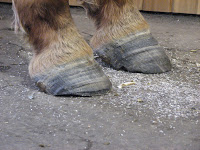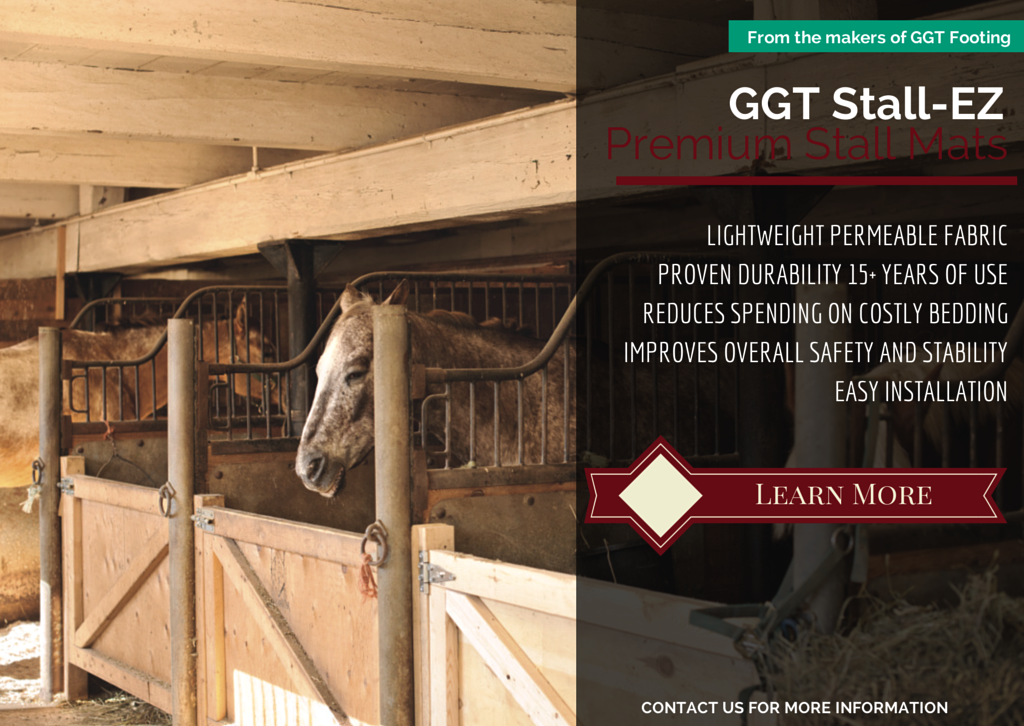Horse lameness is something every owner dreads. Nothing makes your heart sink faster than going into the barn, greeting your equine charge, and then noticing as you lead him out of the stall that he just isn't moving right. Maybe he's limping, favoring one leg, or there's something off with his rhythm. He's lame, but the good news is that more often than not you can do something about it.
Step #1: Determine The Source of The Lameness
Equine lameness can be caused by a number of different things, as most horse owners know. A fairly complete list can be found at EquiMed, and it includes leg injuries, degenerative diseases, hoof problems, limb deformities, and other conditions that can result in problems for your horse. So the first step is to figure out what's giving your horse trouble by taking a closer look. If you can't find anything, a visit to the vet is likely in order.
Step #2: Try to Fix The Lameness
Some causes of lameness are a quick, easy fix. For example, if your horse has a bad shoe then you could re-shoe him and give him some time to get used to the new footwear. If your horse has a bruised sole, likely from bringing the hoof down wrong on a rock or other hard object, rest and recuperation should be all he needs. Even a situation like hoof abscesses and infections can be cleared up with medication and proper recuperation time.

Step #3: Deal With The Aftermath
In some cases of equine lameness your horse will be back on his feet and going through his paces in a few days to a few months. Sometimes all he needs is different shoes, a little medicine, and some rest. Sometimes that isn't an option, though. You need to look at your horse's lameness, and ask yourself where the two of you need to go from there. Sometimes recovery means a horse can still be ridden, but will never be able to reach competition strength again. Sometimes it might mean even riding is out of the question. You need to ask yourself what you need from your horse, and what level his recovery needs to be at, before you start making post-lameness plans.
For more information about horse lameness, and other aspects of equine life, simply contact us today!


